There are echoes of the great AC Milan side of the late 80s in everything Jurgen Klopp‘s Liverpool do, and looking back at those teams can give us further insight into modern-day Liverpool.
In February 2013, influential Italian manager Arrigo Sacchi was asked what football will look like in 20 years.
“Football will be further perfected,” he told German outlet 11freunde. “The eleven players will move more and more as a unit, and the game will be even faster.”
Jurgen Klopp’s Liverpool are probably what Sacchi had in mind, but have arrived 15 years earlier than the former AC Milan manager imagined.
There has always been a mutual respect between these two football minds who could be seen as master and disciple, especially when it comes to the evolution of pressing tactics in football.
There are plenty of parallels between Sacchi’s Milan at the peak of their powers, and Klopp’s Dortmund and Liverpool sides at the peak of theirs, and we were lucky enough to be witnessing the latter as they conquered all of Europe (and the world) in 2019, and don’t look like stopping there.
Just as great international teams are defined by World Cups, the greatest club sides and the greatest coaches are nearly always defined by the European Cup, something which Liverpool know all about.
For Sacchi, his back to back continental triumphs with Milan in 1989 and 1990 saw him and his idea of how to play football at the peak of their powers.
For Klopp, his brand of football finally produced a European Cup win in 2019 after reaching finals against the odds with Borussia Dortmund in 2013 and Liverpool in 2018.
From Sacchi to Klopp via Wolfgang Frank
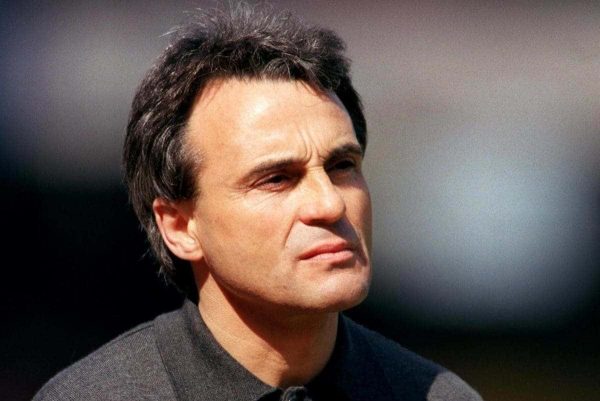
Unlike some managerial connections which are passed from manager to player before said player moves into coaching, Sacchi’s influence on Klopp and his mentor at Mainz, Wolfgang Frank (pictured above), came indirectly.
Just as Sacchi had was the first to remove the libero, or sweeper, from the defensive catenaccio systems in Italy at the time, replacing them which his own versions of 4-4-2 featuring zonal marking and a high defensive line, Frank did the same in Germany.
Frank didn’t know Sacchi, but in a football sense, he did. He would study Sacchi’s AC Milan team and their tactics, and passed these ideas onto Klopp.
In a TV interview with Mediaset while at Dortmund, with Sacchi in the TV studio, Klopp explained: “Everything I am as a coach I took from my former coach Wolfgang Frank, and he took it off him [Sacchi].
“We knew if Arrigo Sacchi can do what he did with Maldini, Baresi, Albertini and all these guys then we can do the same.
“OK not as good, but tactical discipline is no problem. If they can do it, we can do it. So my team is ten percent of the team of Arrigo Sacchi.”
How Sacchi’s Milan took apart Madrid, defining a team and its tactics
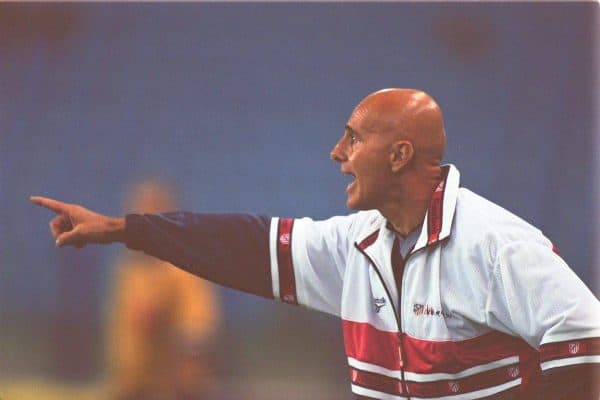
One of the most famous Milan games with Sacchi at the helm is their 5-0 dismantling of Real Madrid in the 1988/89 European Cup semi-final second leg. The first leg in Madrid finished 1-1, but this second match was a Sacchi clinic which would go on to be perfected in a 4-0 win against Steaua Bucharest in the Camp Nou final.
During their training drills, Sacchi’s side would often practice without the ball, receiving direction from their coach as he ran around the pitch indicating where the imaginary ball was, while the players responded as if in a game situation.
This is obviously evident in the game against Madrid, and all this tireless work on the training pitch began to pay off.
The match paused for a minute following the second stoppage in the game to mourn those who died in the Hillsborough disaster just four days earlier. The commentator on the English language feed of the game, John Helm, noted that “You’ll Never Walk Alone” rung out around San Siro.
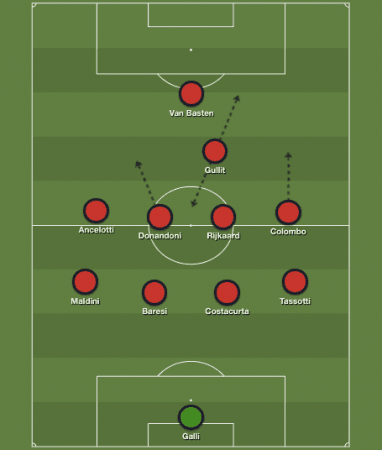
From the moment Carlo Ancelotti let fly with his right boot, catching out Real Madrid goalkeeper Francisco Buyo, Real were overawed, in and out of possession.
The fourth goal was perhaps the perfect Sacchi goal in the perfect Sacchi game. It was almost as if Real’s Martin Vazquez passed to Frank Rijkaard on purpose, such were his lack of options due to the concentration of Milan shirts in the middle of the park.
They turned from a defensive unit to a flair-ridden attacking side within seconds. The all-important transition game.
A bunch of relentless, well-organised workers in defence, but a collection of technically gifted, exciting attacking players with the ball.
The possession part of this tactic sprung into action, eventually resulting in a goal for Marco van Basten from Ruud Gullitt’s header, with eight of the Milan team having touched the ball in a move which lasted 20 seconds from turnover to goal.
High lines, Gullit and Firmino
Milan’s high line frustrated their opponents, catching them offside on numerous occasions, which is a tactic has become more prominent the longer Klopp has been at Liverpool, especially once he secured a back four and goalkeeper which gets close to matching that Milan defence.
Sacchi’s Milan hunted in packs. One of the key aspects of their pressing game was to not create too much distance between each other as they moved around the pitch, which again goes back to those crazy training drills which had confused opposition spies.
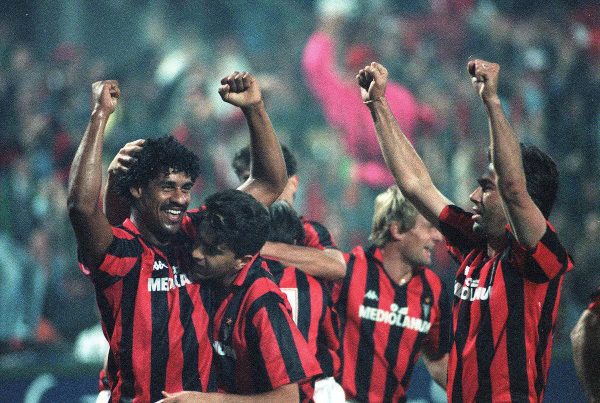
When watching games on TV Sacchi would become annoyed that the camera shots would never capture a full tactical overview of the game, as they were too focused on individual play, but watching his teams on TV when they were defending, there could be eight or nine players in the shot, such was their hunt-in-packs mentality off the ball.
Even though Sacchi had ditched the libero, centre-back Franco Baresi was still able to act as one. A moment in that semi-final saw him burst forward with the ball due to space created by the fact his teammates in front of him were occupying the opposition.
It’s a reminder that attacking centre-backs aren’t a new thing, and this is a tradition that has been continued at Liverpool by the likes of Joel Matip and Joe Gomez.
“All eleven players should always be in an active position, with or without a ball.” — Sacchi.
Gullit was the obligatory ‘player who should score than he does’. For Liverpool, Firmino fulfils that role, and tactically is somewhere between the roles of Gullit and Van Basten, and in terms of Sacchi’s teams is closer to the role Roberto Baggio played when Sacchi managed Italy.
Rijkaard meanwhile, scored a big goal in a big game, and his role could be compared to Liverpool’s own Dutch midfielder of Surinamese descent, Gini Wijnaldum.
Players were used to playing different positions, too, as demonstrated by Ancelotti playing on the left of midfield vs Madrid and in other games, with Roberto Donadoni who was sometimes considered more of a wide player, playing as a tireless box-to-box central midfielder.
Everyone defends everyone attacks.
Perceptions of Klopp and Sacchi
Sacchi is looked back upon as a visionary tactician, but like Klopp, he was also a motivator and someone who needed everyone at the club to buy into what he was doing, from the owner, Silvio Berlusconi, to the fans.
“We had completely different ideas,” Sacchi said of Berlusconi.
“He thought [football] was a spectacle with for soloists, but I had in mind a collective sport that got its harmony from the interaction of the actors.
“Football is a team sport. I did not pick eleven individual players, the real driving force was the game itself. And that is a lesson for the future: no Sheikh will ever be able to buy a team. He can gather the best individuals and most successful players, but a game plan can only be developed through inspiration, concentration and hard work. The game is not for sale.” — Sacchi
“I have always liked teams that dominated a game, wanted to own the ball and aroused emotions among the spectators.”
The Milan owner fully embraced the ideas of his new manager, though, and it paid off massively for him.
The club’s first Scudetto since 1979 arrived in 1988, and those two European Cup wins followed. They are now widely considered one of the greatest clubs sides of all time.
Klopp has a similar view to Sacchi on the idea that the whole of the club needs to be working in the same direction with the same mentality.
He has been able to rouse Anfield as much as he has his players, but the German has the opposite problem to Sacchi when it comes to how he’s portrayed.
His tactical acumen is often ignored because he is seen as a passionate motivator and charismatic leader, but underneath this, there is plenty going on on the training ground, as Pepijn Lijnders recently revealed in an interview with the Athletic.
Lijnders speaks more candidly about Klopp and Liverpool’s tactics than the manager himself.
The Dutchman outlined a number of key points in Liverpool’s system, perhaps prompting a number of subscriptions to that site from opposition analysts working for Liverpool’s opponents.
“You can have a lot of passion but if there’s no structure then you have no chance,” he said.
“You need organisation, tactical discipline and the right distances. That’s the base – that’s the father and mother of football and being a consistent team.”
It could be a Sacchi quote, but it came from Klopp’s assistant.
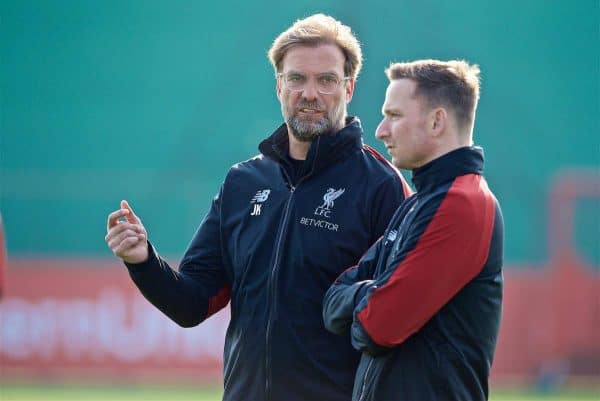
This structure is a trait of Klopp and Sacchi sides, and when everything is working as it should opposition sides are dominated as much when they have the ball as when they don’t.
It’s not just pressing, it’s the control of the opposition through pressing. Sacchi is known to have employed a dummy press that allowed his side to recover, and also set pressing traps across the pitch to help win the ball back.
When the press was at full-throttle, players would support each other across the pitch, never being too far away from each other.
“Sacchi spoke of an ideal of 25m from the most advanced player to the back four,” wrote Jonathan Wilson in 2015.
“There is also a requirement for, say, the right-winger to move centrally when the ball is on the left.”
Anyone who has watched Liverpool in person during Klopp’s time at the club, especially if they have done so from the back of Anfield’s Main Stand, may have noticed a similar compact shape, and Klopp barking from the touchline for his players to move into certain areas at certain times, although now they are fully up to speed, this happens less.
The shape of a defence
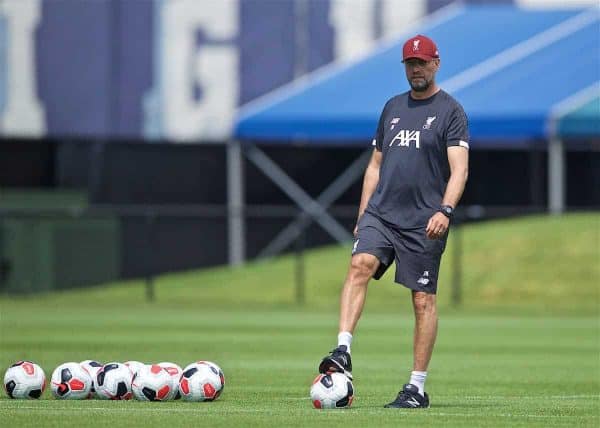
Although Sacchi did away with catenaccio, the defence-first tactics associated with Italian football at the time, his team were as defensive as those who played with a low block and a sweeper, if not more so.
They defended differently, with an eye on the attack. Similarly, Liverpool are seen as one of the most exciting full-tilt attacking sides in the world, but have boasted one of the best defences in Europe during the past couple of seasons, and in 2018/19 were the best on the continent in this regard.
It’s about the shape of the team at any one time.
Some say formations don’t matter, and in the sense of defining a team’s tactics solely by a set of numbers to describe the tactics of a whole game, or a whole run of games, this is true, but the formation at any one time is a key part of the Sacchi, Frank, and Klopp school of football.
“All my players have to learn how to play in defence and up front, and they must attack space.” — Sacchi
If someone is out of place as their team-mate careers forward to press an opponent, or if someone is not pulling their weight, then it’s much easier for the opponent to play through this formation with a couple of quick passes into the right areas.
Even then it’s not easy, but at the top level players are able to break a press if one part of that press is weak.
“What is important is the interpretation of formation,” Sacchi told Gazetta.
“I’ll give you an example: when I was with Milan, we were attacking with at least five players. At least five! Those players were carefully manoeuvering rather than going through the motions.”
Just as there are many teams who try and fail to play a possession-based tactic because such a style has been in fashion since the high-profile dominance of Pep Guardiola’s Barcelona, there are also teams who try and fail to use a pressing system, and they usually fall down due to the fact that their players are too far apart when pressing high up the pitch.
Pressing alone or sporadically isn’t pressing, it’s merely closing down.
Catenaccio translates as chain, and though it’s a system Sacchi did away with, the best pressing systems operate as if their players are linked together — whether this be sitting deep, conserving energy and waiting to pounce, or performing a high press where the deepest player has to be attached to the most advanced player, it only works if the press is a unit and not individual or sporadic.
“Pressing is not about running and it’s not about working hard. It’s about controlling space. I wanted my players to feel strong and the opponents to feel weak. Our pressing was psychological as much as physical, our pressing was always collective.
“There was partial pressing, where it was more about jockeying; there was total pressing which was more about winning the ball; there was fake pressing, when we pretended to press, but, in fact, used the time to recuperate.”
— Sacchi, as quoted in Inverting the Pyramid by Jonathan Wilson.
As with nearly all modern football tactics, pressing isn’t new, but the likes of Sacchi and Klopp took to new levels the work of the likes of Victor Maslov and Valeriy Lobanovskyi before them.
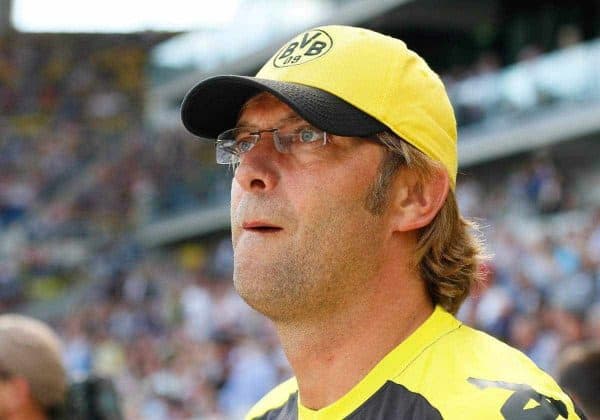
Klopp isn’t as direct or as revealing around his tactical plan as some managers — and some of the best tactical brains keep the detail to themselves, but to delve into the mind of Sacchi will feel very familiar to those who have grown up watching Klopp teams.
“The team of Borussia Dortmund and my friend Jürgen Klopp, he is a great trainer,” replied Sacchi asked in 2013 which Bundesliga side was his favourite.
“One of my predecessors on the bench of AC Milan, Nils Liedholm, once said about me: ‘I know that Sacchi is good because he watched my training’.
“Today I can say about Klopp: I know that he is an excellent coach. He finally looked at my training sessions.”
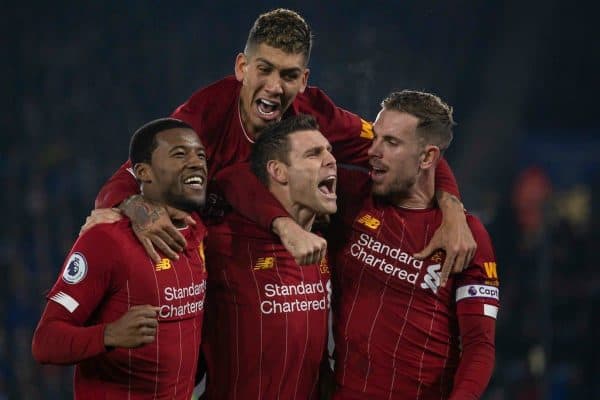
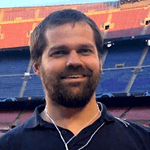


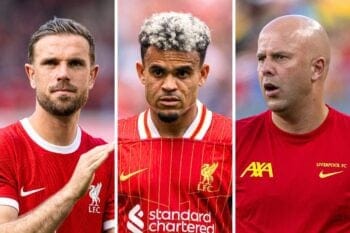
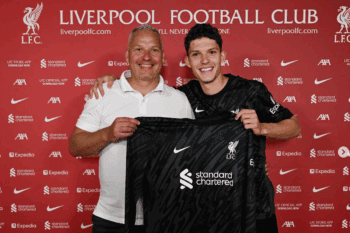











Fan Comments